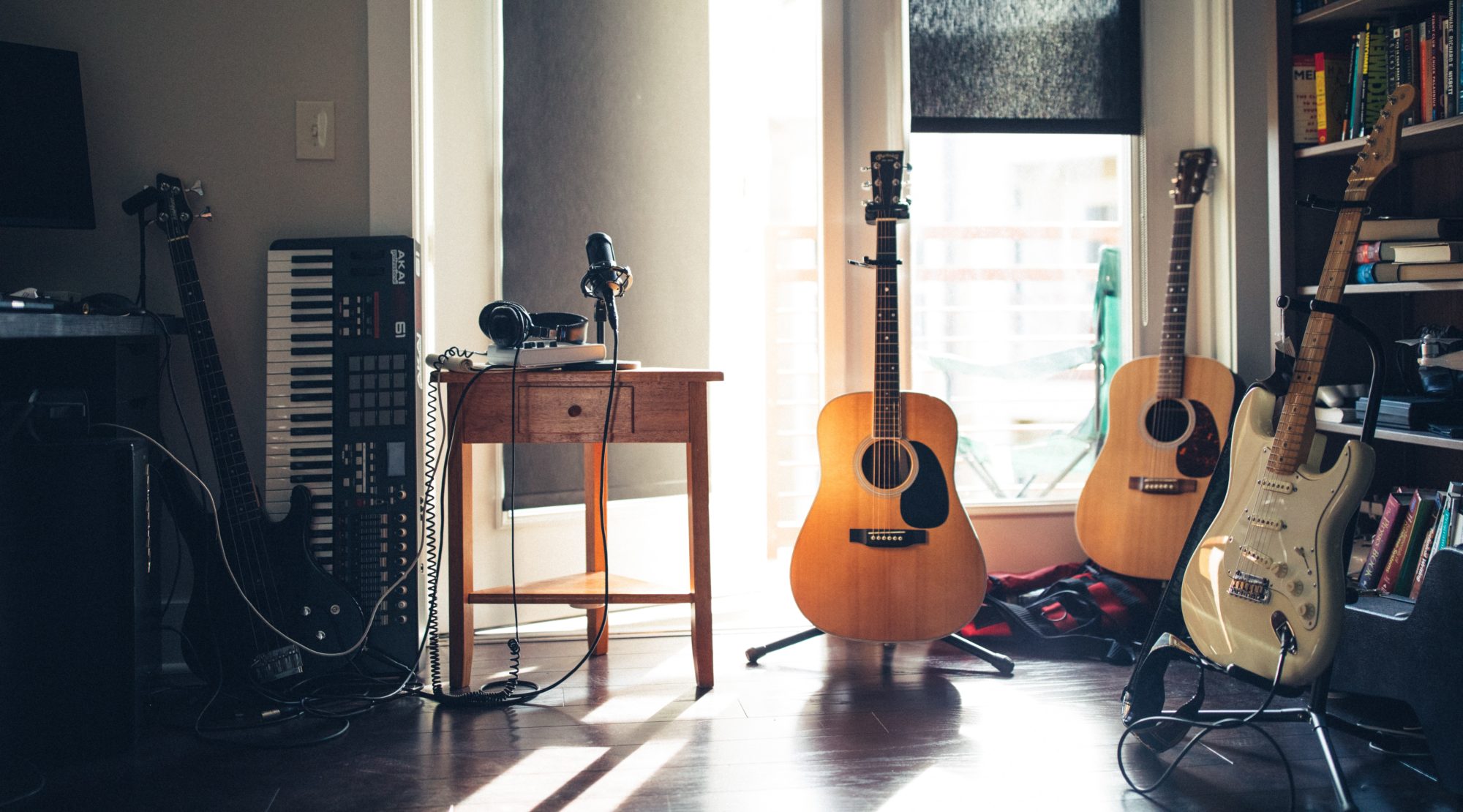#CoffeeAndKlon is my (irregular!) Sunday morning magazine series, where I talk about whatever’s on my mind right now. There’s always coffee, and there’s normally chat about the Klon and its many competitors.
When I started writing this, Winter NAMM 2024 had just kicked off, and my inbox was full of my favourite guitar stores sending out links to their pre-order product pages. Out of curiosity, I clicked through to the Andertons page to take a look …
… and my jaw hit the floor at just how expensive new gear has become.
But was my reaction right, or was it just a reflection of how hard general inflation has affected all prices in the last few years? I’m going to explore that today.
Continue reading “#CoffeeAndKlon 36: Runaway Inflation For Guitar Gear”